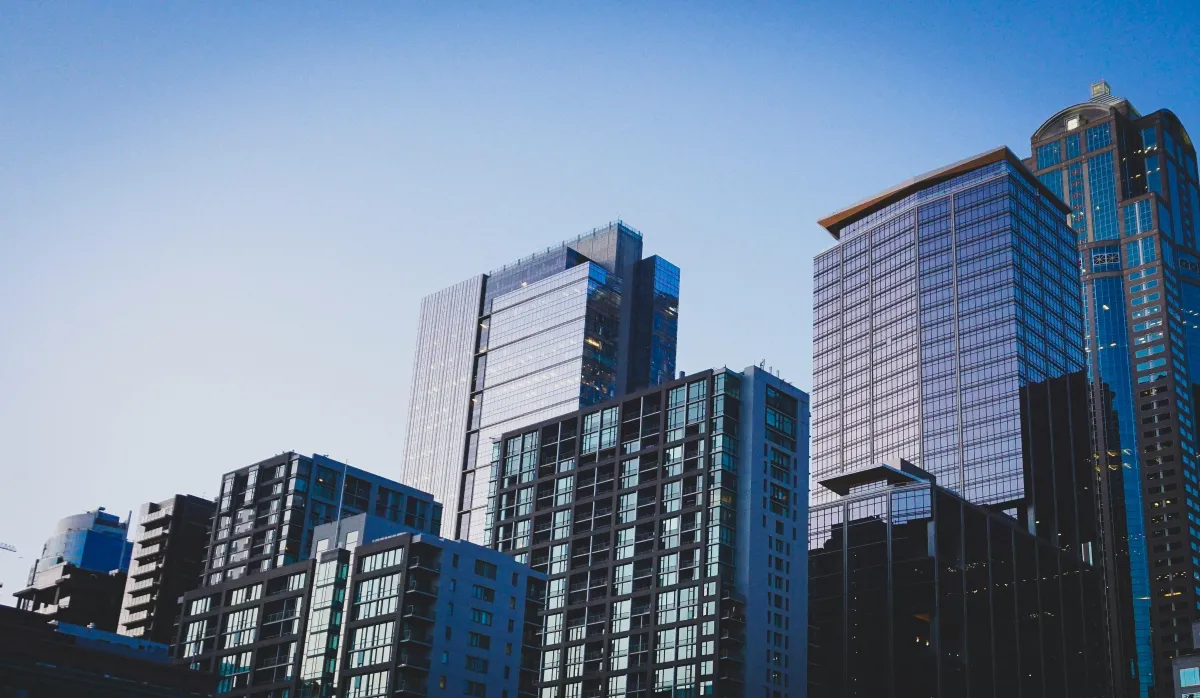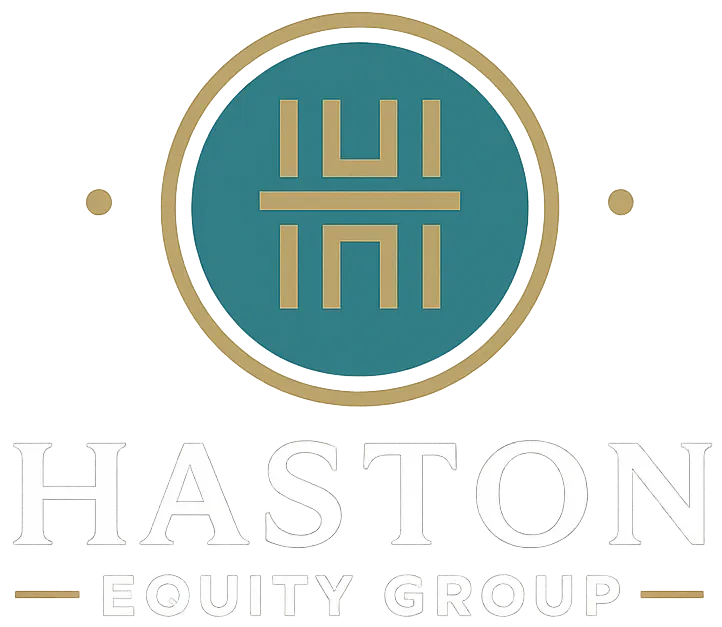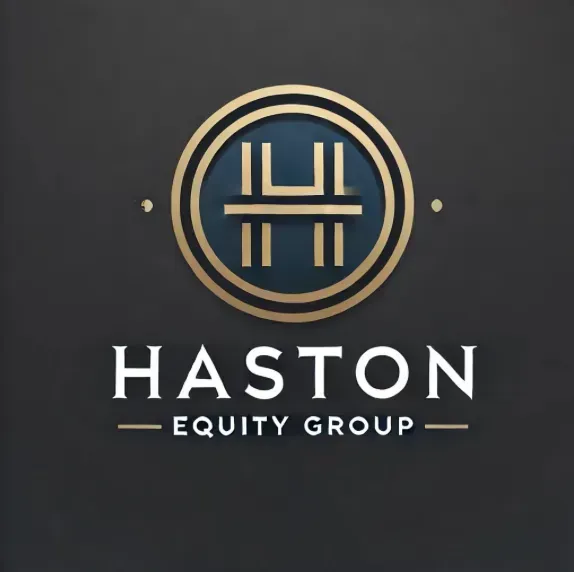High-Value Add Multifamily Strategy
Transforming Underperforming Assets into Exceptional Properties
High-value add multifamily investing represents the art and science of identifying existing apartment properties that are underperforming their true potential and implementing strategic improvements to unlock significant value. At Haston Equity Group, this strategy forms one of the core pillars of our investment approach, allowing us to generate superior risk-adjusted returns while providing quality housing solutions in our target markets.


The Foundation of Our Approach
Our high-value add multifamily strategy is built on a fundamental principle: we don't wait for the market to create value; we actively create it ourselves. This proactive approach allows us to force appreciation through strategic improvements rather than relying solely on market appreciation, providing more predictable and often superior returns for our investors.
The strategy begins with identifying properties that exhibit clear signs of underperformance relative to their potential. These might include apartment complexes with outdated interiors, inefficient property management, deferred maintenance issues, or amenity packages that don't meet current market expectations. While others might see these as problems, we see them as opportunities to create significant value through targeted improvements and strategic repositioning.
Our Value Creation Process
Acquisition and Due Diligence
Our acquisition process begins with comprehensive market analysis to identify submarkets with strong fundamentals and growth potential. We focus on properties in locations with good access to employment centers, quality schools, and desirable amenities, ensuring that our improvements will be supported by underlying market demand.
During due diligence, we conduct thorough physical inspections to assess the condition of major building systems, evaluate the efficiency of current layouts, and identify opportunities for improvement. Our financial analysis includes detailed review of current income and expenses, rent roll analysis, and development of realistic pro forma projections based on proposed improvements.
Strategic Renovation and Improvement
Our renovation approach is carefully planned to maximize return on investment while creating properties that appeal to higher-paying tenant demographics. This typically includes upgrading unit interiors with modern finishes, fixtures, and appliances that reflect current market preferences. We also focus on enhancing common areas, improving curb appeal, and adding or upgrading amenities that justify higher rental rates.
The scope of renovations varies by property but often includes kitchen and bathroom upgrades, new flooring and paint, energy-efficient appliances, and modern lighting fixtures. Common area improvements might include fitness centers, co-working spaces, updated lobbies, and outdoor amenities such as courtyards or dog parks.
Operational Excellence
Operational Excellence Beyond physical improvements, we implement best-in-class property management practices designed to optimize operations and enhance tenant satisfaction. This includes leveraging technology to streamline leasing processes, implementing preventive maintenance programs, and developing marketing strategies that effectively communicate the property's value proposition to target demographics.
Our operational approach also focuses on expense management through energy efficiency improvements, vendor relationship optimization, and implementation of systems that reduce ongoing operational costs. These improvements contribute directly to net operating income growth and property value appreciation.
Market Repositioning
When appropriate, we rebrand properties to better align with target market preferences and justify premium pricing. This might involve developing new marketing materials, updating property names, and implementing service standards that reflect the property's elevated market position.
Target Returns and Exit Strategies
Our high-value add multifamily strategy targets attractive risk-adjusted returns through a combination of current income generation and capital appreciation. Properties typically generate cash flow during the improvement period, with income increasing as renovations are completed and higher rents are achieved.
Exit strategies include refinancing to return capital to investors while maintaining ownership, or strategic sales to maximize capital gains. Our deep market knowledge allows us to time these exits effectively, capitalizing on favorable market conditions and the value we've created through our improvements.


Adaptive Reuse Strategy
Breathing New Life into Historic and Underutilized Structures
Adaptive reuse represents the ultimate expression of seeing beyond the obvious, transforming buildings that have outlived their original purpose into vibrant, profitable, and community-enhancing assets. At Haston Equity Group, our adaptive reuse strategy combines respect for architectural heritage with modern functionality, creating unique properties that serve contemporary needs while preserving historical character.
The Art of Transformation
Adaptive reuse is both an art and a science, requiring the ability to envision new possibilities for existing structures while understanding the practical and financial considerations that make projects viable. Our approach begins with recognizing that many older buildings possess inherent advantages that would be prohibitively expensive to replicate in new construction: robust structural systems, unique architectural character, prime urban locations, and embodied energy that represents decades of previous investment.
The strategy appeals to multiple stakeholder groups: investors benefit from the ability to acquire assets at below-replacement cost while creating significant value; communities benefit from preservation of architectural heritage and urban revitalization; and tenants benefit from unique living spaces with character and charm that new construction often cannot provide.
Our Adaptive Reuse Process
Property Identification and Evaluation
Our adaptive reuse projects begin with identifying buildings that possess the right combination of structural integrity, architectural character, and location advantages. We focus on properties such as former factories, schools, office buildings, and other commercial structures that can be economically converted to residential or mixed-use properties.
Evaluation includes comprehensive structural and environmental assessments to ensure that conversion is both physically possible and financially viable. We work with experienced architects and engineers who specialize in adaptive reuse to develop preliminary conversion concepts and cost estimates during the due diligence process.
Regulatory Navigation and Approvals
Adaptive reuse projects often involve complex regulatory considerations, including zoning changes, building code compliance, and historical preservation requirements. Our team has extensive experience navigating these challenges, working closely with local authorities to secure necessary approvals and permits.
When projects involve historic structures, we work within historical preservation guidelines to maintain architectural integrity while achieving modern functionality. This often involves creative solutions that preserve character-defining features while incorporating contemporary amenities and building systems.
Design and Construction Management
Our design approach balances respect for original architectural features with the need to create functional, attractive living spaces that meet modern expectations. This might involve exposing original brick walls, preserving industrial windows, maintaining high ceilings, and incorporating other character features that give converted properties their unique appeal.
Construction management for adaptive reuse requires specialized expertise in working with existing structures, often involving challenges such as asbestos abatement, structural reinforcement, and integration of modern building systems within historic frameworks. Our network of experienced contractors and subcontractors understands these complexities and has proven track records in adaptive reuse projects.
Community Integration and Impact
Adaptive reuse projects often serve as catalysts for broader neighborhood revitalization, attracting new residents and businesses to previously underutilized areas. We work to ensure that our projects contribute positively to their communities, often incorporating ground-floor retail or community spaces that enhance neighborhood vitality.
Our approach recognizes that successful adaptive reuse creates value not just for our investors, but for entire communities. By preserving architectural heritage while meeting contemporary housing needs, these projects contribute to sustainable urban development and help maintain the character that makes neighborhoods unique and desirable.
Financial Performance and Returns
Adaptive reuse projects typically offer attractive returns through a combination of below-market acquisition costs, value creation through conversion, and premium rents justified by unique character and desirable locations. The strategy also benefits from growing market appreciation for sustainable development and architectural preservation.
Projects often qualify for various tax incentives, including historic preservation tax credits and opportunity zone benefits, which can enhance overall returns. Our financial modeling incorporates these potential benefits while maintaining conservative assumptions about construction costs and market acceptance.


